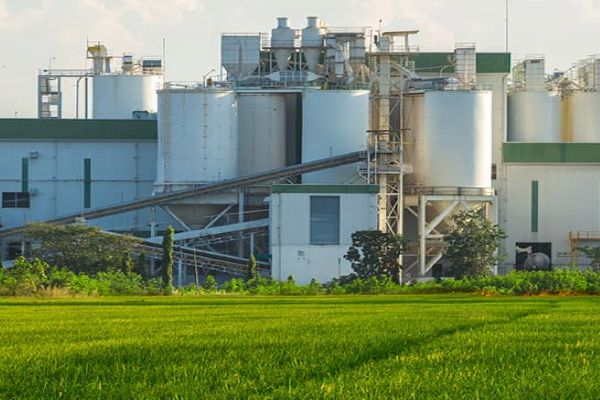Six 2G bioethanol plants built under Pradhan Mantri JI-VAN, four under demonstration
Centre held that the commercial bio-ethanol plants at Bathinda, Bargarh and Numaligarh are in advanced stages of construction.

The Central Government has notified the “Pradhan Mantri JI-VAN (Jaiv Indhan- Vatavaran Anukool fasal awashesh Nivaran) Yojana” with the objective of providing financial support for setting up Second Generation (2G) bioethanol projects in the country. The aim of the government is to encourage the establishment of 2G bio-ethanol plant using cellulosic and lignocellulosic biomass including petrochemical route and other feedstocks.
Government said that under this scheme, six commercial 2G bio-ethanol plants and four demonstration 2G bio-ethanol plants have been approved. The details are as under:
| Sl No. | State | District | Entities | Project Type |
| 1. | Haryana | Panipat | Indian Oil Corporation Ltd. | Commercial |
| 2. | Odisha | Bargarh | Bharat Petroleum Corporation Ltd. | Commercial |
| 3. | Punjab | Bathinda | Hindustan Petroleum Corporation Ltd. | Commercial |
| 4. | Assam | Numaligarh | Numaligarh Refineries Limited | Commercial |
| 5. | Karnataka | Davangere | Mangalore Refinery and Petrochemicals Ltd | Commercial |
| 6. | Andhra Pradesh | Nandyal | RCPL | Commercial |
| 7. | Haryana | Panipat | Indian Oil Corporation Ltd. | Demonstration |
| 8. | Bihar | Sagauli | Hindustan Petroleum Corporation Ltd. | Demonstration |
| 9. | Maharashtra | Sangli | Lignopura Agrotech Pvt Ltd | Demonstration |
| 10. | Karnataka | Sameerwadi | Godavari Biorefineries Ltd | Demonstration |
The 2G bio-ethanol plant set up by IOCL at Panipat, Haryana has been dedicated to the Nation in August, 2022.
It was informed that the commercial bio-ethanol plants at Bathinda, Bargarh and Numaligarh are in advanced stages of construction.
Noteworthy, IOCL has also set up a Third-Generation bio-ethanol plant at Panipat, Haryana.
India’s current ethanol production capacity stands at 1,364 crore liters, with production facilities spread across many states, including ethanol-surplus states like Uttar Pradesh, Maharashtra, and Karnataka. This capacity is sufficient to meet the country’s blending targets.
Union petroleum minister Hardeep Singh Puri had informed the Parliament a day ago, “In 2014, we started with just 1.4 percent ethanol blending in petrol. Today, we have achieved a rate of 15 percent, blending 400 crore liters of ethanol. Our goal is to increase this to 1,000 crore liters by the end of the ethanol blending year 2025.”




